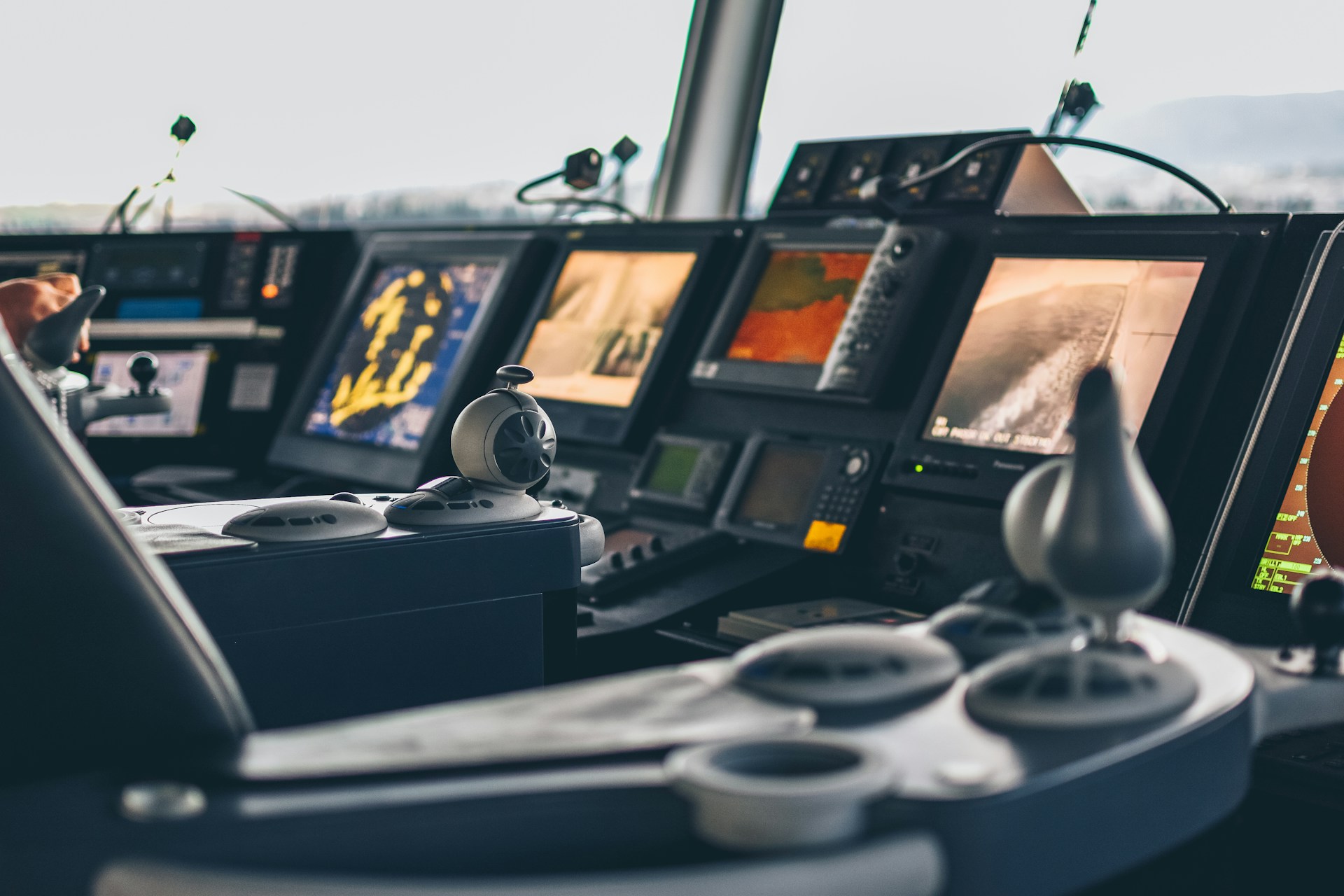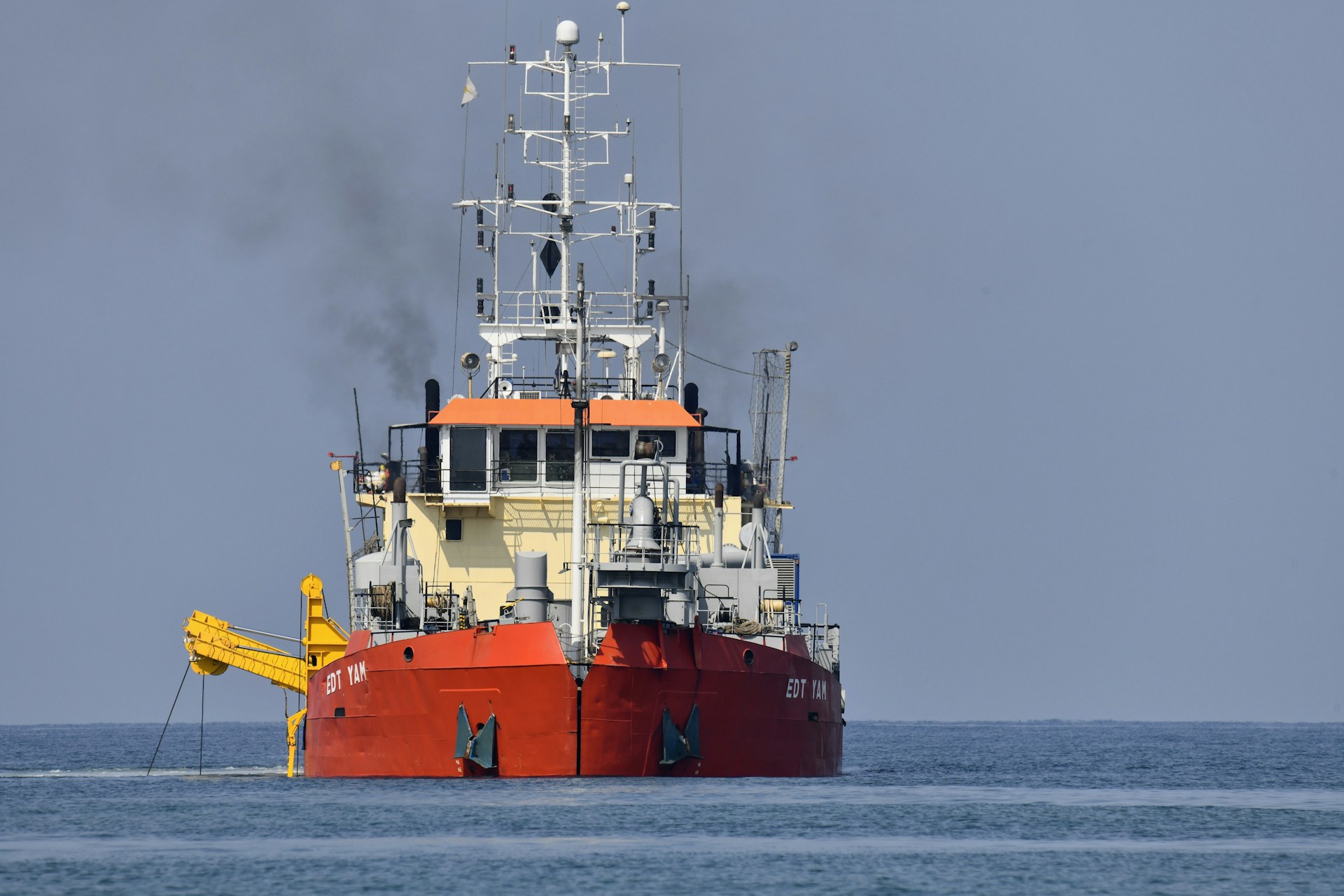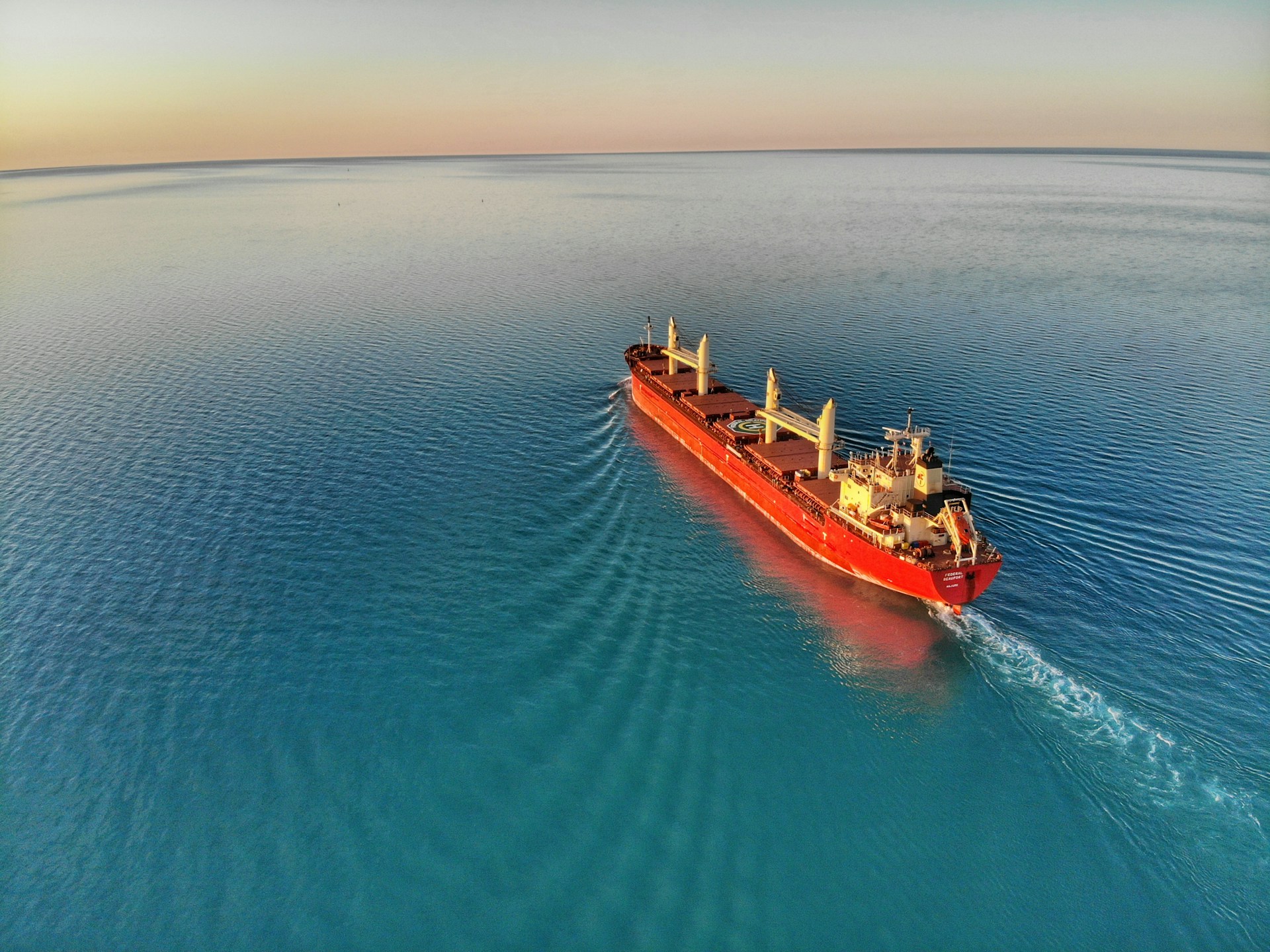New Risks Are Emerging: Equip Your Maritime Business with the Right Tools
Adapting and staying resilient in an increasingly complex global market is paramount for success.
Navigating Emerging Risks in the Marine Industry: Tailored Insurance Solutions
As the marine industry evolves, businesses are encountering new challenges, including climate change, cybersecurity risks, and technological disruptions. These emerging risks demand that marine companies adapt their strategies to stay resilient in an increasingly complex global market. This resource page discusses how tailored insurance solutions can help marine businesses mitigate these emerging risks and future-proof their operations.
Cyber Liability Insurance: Protecting Your Marine Operations from Digital Threats
The marine sector is undergoing a digital transformation, with increasing reliance on automated navigation systems, fleet management software, and IoT-based monitoring for vessel operations. However, this increased digitization exposes companies to cyber threats, including data breaches, hacking, and ransomware attacks. Cyber liability insurance is critical to safeguarding the business from the financial impacts of digital threats.
Key Insights:
- Increased Digital Vulnerabilities: As marine operations become more connected, the risk of cyberattacks on fleet management systems and sensitive data is growing exponentially. Cyber liability insurance covers data breaches, business interruptions, and the financial fallout from cyber incidents.
- Protection for Digital Infrastructure: This coverage extends to IoT devices, GPS systems, and electronic cargo tracking, which are increasingly integral to modern marine operations.
Pinch: The financial impact of a cyberattack can be devastating, causing downtime, operational losses, and a loss of consumer trust. Companies without cyber liability insurance risk exposure to significant legal costs and business disruption due to attacks that compromise operational integrity.
Piracy Insurance: Managing Risks in High-Risk Areas
Despite technological advancements and increased international security efforts, piracy continues to be a significant threat in certain high-risk areas, such as the Horn of Africa and Southeast Asia. Piracy insurance protects marine businesses from the financial consequences of hijackings, cargo theft, and ransom demands.
Key Insights:
- High-Risk Areas: Some regions remain especially prone to maritime piracy. Piracy insurance provides protection from financial loss in these high-risk zones, where shipping lanes are targeted for hijacking and theft.
- Ransom and Cargo Theft Coverage: This coverage ensures that in the event of a hijacking or theft, ransom payments, cargo replacement, and loss of business revenue can be recovered.
Pinch: Without piracy insurance, businesses face severe financial consequences from theft and ransom demands that can halt operations for extended periods. The costs of recovering stolen goods, along with reputation loss and contractual delays, can significantly harm the company’s long-term financial health.
Weather-Related Risks and Natural Disasters: Protecting Against Climate Change Impacts
The marine industry is particularly vulnerable to the increasing frequency and severity of weather-related risks caused by climate change. Hurricanes, flooding, cyclones, and other extreme weather events pose significant threats to vessels, cargo, and infrastructure. Insurance solutions tailored to these risks help marine businesses recover from weather-related damage and continue operations with minimal disruption.
Key Insights:
- Rising Frequency of Extreme Weather: The frequency and intensity of weather events are increasing, impacting marine operations that depend on safe and predictable conditions. Weather-related insurance is vital to cover damage to vessels, ports, and other infrastructure.
- Customizing Coverage for Climate Risks: Businesses in areas vulnerable to storms or tsunamis need specialized insurance policies that address specific geographic and environmental risks.
Pinch: Without the right weather-related risk insurance, businesses risk experiencing extended downtime and financial instability following an extreme weather event. Vessel damage, supply chain delays, and infrastructure repairs can result in millions of dollars in losses if not adequately insured.
Autonomous Shipping Insurance: Managing the Risks of Automated Vessels
The rise of autonomous and semi-autonomous vessels in the marine industry introduces new risks related to system malfunctions, software errors, and regulatory uncertainty. Autonomous shipping insurance covers these risks, ensuring that marine businesses are protected from accidents, technological failures, and legal complexities associated with autonomous vessels.
Key Insights:
- Technological Risks: While autonomous vessels promise to improve efficiency, they introduce risks related to system errors, software glitches, and operational failures.
- Legal and Liability Challenges: The rise of autonomous vessels also introduces new legal complexities, such as determining liability in the event of an accident or malfunction. Insurance tailored to autonomous shipping covers these emerging risks.
Pinch: As the technology evolves, autonomous vessels without appropriate coverage could lead to massive liabilities from accidents or operational failures. Businesses need to ensure that their insurance evolves with technological advancements to avoid exposure to new risks.
Conclusion: Future-Proofing Your Marine Business with Emerging Risk Coverage
The marine industry is rapidly transforming, with emerging risks from digitalization, climate change, and technological advancements. By securing specialized insurance solutions—such as cyber liability insurance, piracy coverage, weather-related risk insurance, and autonomous shipping coverage—marine businesses can future-proof their operations and navigate an increasingly complex risk landscape with confidence. Partnering with insurance professionals who understand the unique challenges of the marine industry ensures comprehensive protection for the years ahead.
Photo by WORKSITE Ltd. on Unsplash



